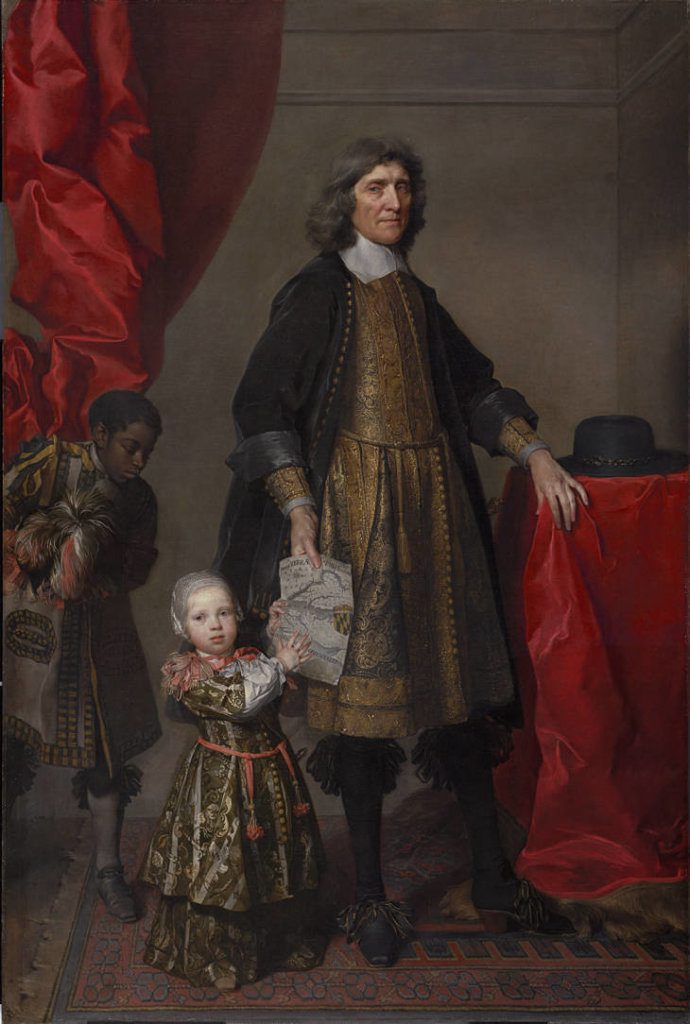The Life of Georgetown From 1620 to 2020, Part 1
By • December 24, 2020 0 2131

It seems fair to say that most Georgetowners think of 2020 as the worst year in memory. This annus horribilis seems destined to be remembered as the year of the pandemic, the damages from the protests, school closures, the slumping economy and the increasingly partisan — if not dangerous — political divide in our nation’s capital.
However, a look at Georgetown’s history may help to keep our challenges in perspective. From its beginnings, Georgetown has handled wrenching changes with resilience. As the nation has expanded and transformed, Georgetown has adapted to hardships and flourished. And in many fascinating ways, the city’s earlier experiences have paralleled our own. So let’s look back at two windows into the past: 1620 and 1720. [Note: 1820 and 1920 will follow in upcoming newsletters.]
1620
In 1620, the Anacostans, the people of Nacotchtank — members of the Algonquin Indian Nation — were the main inhabitants of the village of Tahoga, the area that is today Georgetown. Their ancestors had thrived in this fertile region for over 2,000 years. In 1608, English explorer John Smith first encountered them when he voyaged up the Potomac River (named for the Patowomeke Indians) to map the area for trade and settlement by the Virginia Company of London, which had founded Jamestown in 1607.
Smith recorded that the site was strategically located along Indian trading routes and near the topographical fall line of the river’s head of navigation (i.e., just below what is today Great Falls). According to Thomas Jefferson, this village was a “central meeting place for nearly 40 Indian tribes between the Atlantic Ocean and the Potomac River.”
A year before the Pilgrims landed at Plymouth Rock, Jamestown had established its House of Burgesses; Virginia has enjoyed self-government ever since. Unfortunately, however, in that same year, 1619, the first African slaves were sold to Jamestowners, setting off the terrible history of Black enslavement and oppression that continues to haunt the nation’s capital and the nation as a whole.
Encroachments against the Native Americans also increased. The settlement at Nacotchtank was plundered and burned by a group of Jamestown settlers and their Native American allies. This led to retaliation against European trading parties. A peace treaty was not concluded until the 1670s. Tragically, by the end of the century, the Native population was almost entirely gone due to war, disease and relocation.
As part of the new English colony of Maryland, the area that is now Georgetown was granted by King Charles I to Cecil Calvert, Second Lord Baltimore, in 1632.
1720
By 1720, flourishing trans-Atlantic tobacco trading and increasing immigrant settlement was driving growth in the region. Even though today’s Wisconsin Avenue was referred to as the “Old Indian Road,” and social patterns were still tied to the Old World, swift historical undercurrents were sweeping Georgetown along.
British mercantilism and the “benign neglect” of the colonies allowed for increasing self-rule, accompanied by rising democratic pressures against royal and parliamentary authority. While most of the Founders were not yet born, Benjamin Franklin, 14 years old in 1720, was already thinking about freedom of the press. By 1733, American shippers and merchants involved in the Triangle Trade were protesting the British Molasses Act.
In 1745, George Gordon established an official tobacco trading station where Georgetown is today. Soon a ferry landing, wharves, an inspection house, warehouses, a tavern and a flour mill popped up. Tobacco was the “lifeblood of the community,” and Georgetown prospered.
By 1751, Georgetown was officially chartered on 60 acres of land purchased from George Gordon and George Beall. Though the two original owners were named George, the new town was most likely named in honor of the English king at the time, George II. The original boundaries of Georgetown extended north to today’s N Street. The western boundary was set at the heights, where Georgetown University stands, and the eastern at Rock Creek.
In the Chesapeake region, slavery was well established by 1720, with Africans making up 20 percent of the area’s population and that percentage doubling over the next 20 years. Slave trading would come to Georgetown by 1760 — with slave “pens” located along the main thoroughfares — and last until 1850.

